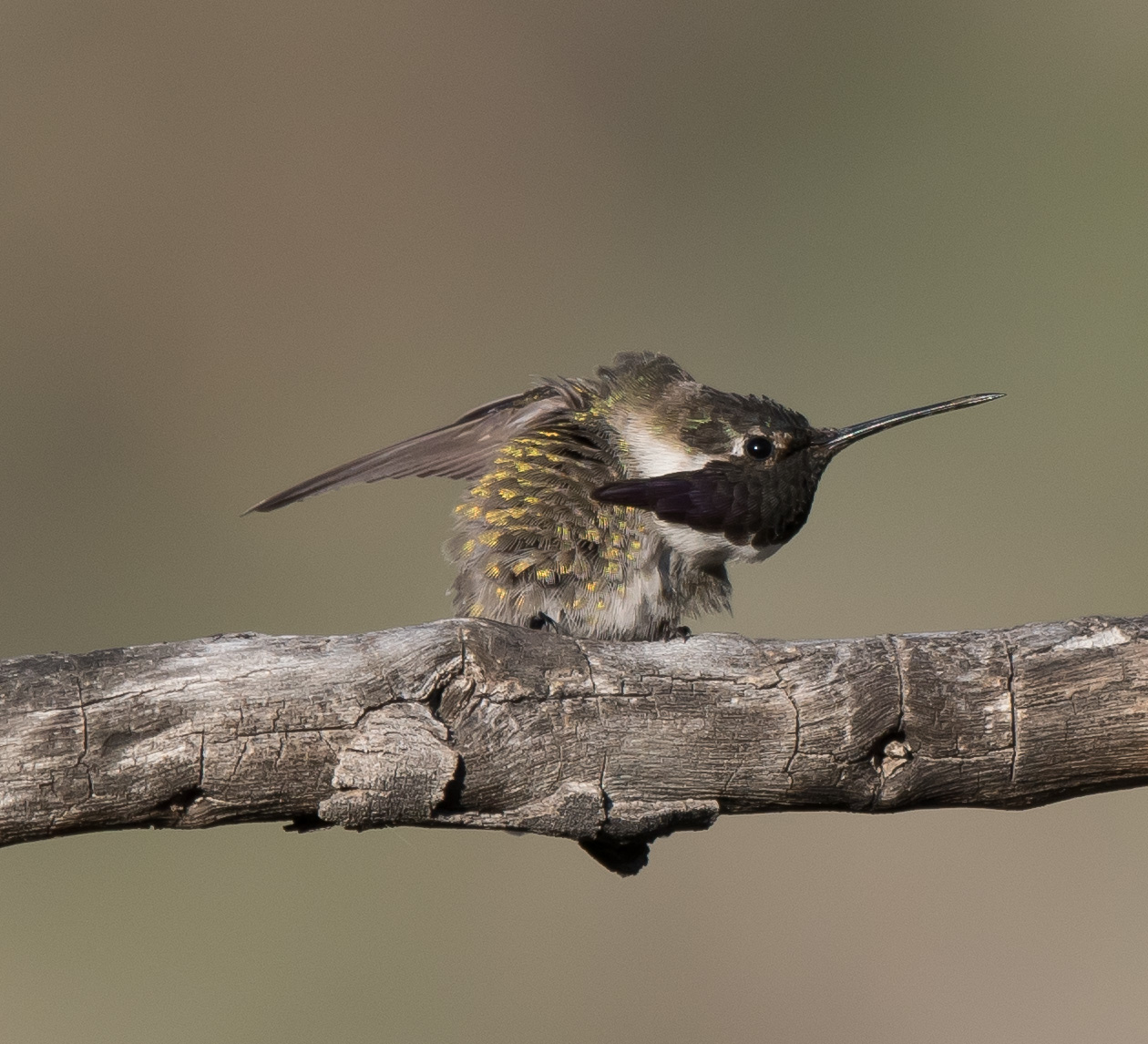After taking several trips to the desert area of Pima Canyon Wash, I decided to change it up a bit and check out Saguaro Lake which is located on the Salt River. A recent sighting of a Surf Scoter was the main reason to visit this lake. Although it is not a life bird for me (having seen it twice before), it is a fairly rare bird in Arizona. But every fall it seems that about a dozen or two show up in Arizona and various lakes. So with that being my main focus I headed to Saguaro Lake and arrived very early at the marina area; found a parking spot about in the middle of the floating docks and walked to the edge of the lake. And there it was, had there not been a couple of American Coots in the vicinity, it would have been the first bird I encountered. The 3 species of scoters in North America, are stocky, short-necked diving birds that feed on crustaceans and mollusks and their breeding habitat is the tundra regions of the far north. I walked out on the floating dock and stood there watching and observing as it was diving and if a coot ventured too close, then it swiftly chased it away from its claimed territory.
Surf Scoter
Surf Scoter
Surf Scoter
Not too far away I witnessed a Pied-billed Grebe surface with a crayfish held firmly in its beak. Looks like this grebe captured itself a nice morsel for breakfast.
Pied-billed Grebe
Pied-billed Grebe
After leaving the Marina area of Saguaro Lake, I then headed to Butcher Jones Beach area which is still on Saguaro Lake, but have to travel a few miles to get to this spot. As soon as I got out of the car, I heard a Gray Flycatcher calling. It was not too hard to locate due to its incessant calling, but trying to get a photo was very difficult as I could only find one small clearing in the branches to shoot through. This bird is one of the infamous and difficult-to-ID birds in the Empidonax family. Many of them can only be safely identified by their calls. However the Gray Flycatcher is probably one of the easiest to ID because of a behavior that it displays that the other do not show. I has a behavior of pumping its tail downward very similar to the phoebes.
Gray Flycatcher
Gray Flycatcher
And of course standing on the beach area and checking out the waterfowl was the main objective. While using my scope to check out the birds further out, much to my surprise, a couple of Common Mergansers swam right by close to shore.
Common Merganser
After getting good shots of a male Lesser Scaup a while back at Fountain Hills Lake, I decided to try for a photo of a female at this location. While not nearly as good as I would have liked, it still is nice to capture the females to add to the personal photo library. A small flock of Buffleheads were also noticed a bit further out. This is our smallest duck in the US, but it is also one of the most dynamic to see with its clean look and iridescent colors in the sunlight.
Lesser Scaup - Female
Bufflehead
Probably the strangest photo that I captured was a Great Blue Heron perched on some rocks on a desert cliff with Saguaro Cactus in the photo. The bird definitely looks out of place in this surrounding, but water was not far away.
Great Blue Heron
It is always a joy to be able to go birding and just simply observe and watch the habits and behaviors of the birds, especially those that are visiting Arizona for the winter months.












No comments:
Post a Comment